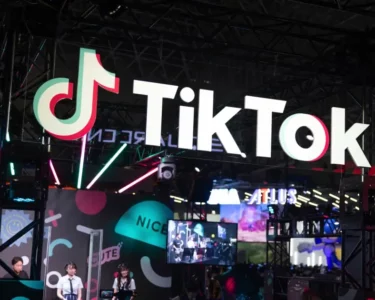In recent times, some of the world’s most prominent advertisers, including Nestle and Unilever, have been exploring the potential of generative AI technology, such as ChatGPT and DALL-E, to enhance their operations, according to industry executives. This innovative approach holds the promise of reducing costs and increasing productivity for these consumer goods giants. However, a sense of caution prevails due to concerns about security, copyright issues, and the potential for unintended biases ingrained in the data that feeds these AI systems. As a result, human involvement will likely remain a crucial part of the process in the foreseeable future.
The concept of generative artificial intelligence has captured the attention and imagination of the public, becoming a buzzword in various industries over the past year. Marketing teams, in particular, see it as a potential avenue for revolutionizing their strategies, potentially leading to more affordable, quicker, and virtually limitless methods of advertising products.
As investment in AI continues to grow, industry leaders predict that the technology could bring about permanent changes in how advertisers approach product marketing. Companies like WPP, one of the world’s largest advertising agencies, are collaborating with consumer goods giants like Nestle and Mondelez to integrate generative AI into their advertising campaigns. Mark Read, CEO of WPP, has noted that the potential cost savings are substantial, allowing them to virtually create advertisements without the need for extensive on-site filming.
An illustrative example of generative AI’s impact comes from WPP’s partnership with Mondelez in India. They utilized AI-driven technology to create a Cadbury campaign featuring Bollywood star Shah Rukh Khan. The ads were customized for various local stores, leading to an impressive number of views across social media platforms.
WPP is also taking proactive steps in preparing for the AI-driven future. The agency has established AI apprenticeships and partnered with the University of Oxford to offer courses centered around the intersection of AI and marketing. These initiatives aim to equip their workforce with the skills and knowledge needed to navigate the evolving landscape.
Nestle, too, is actively exploring the application of AI, with Aude Gandon, Global Chief Marketing Officer, emphasizing how generative AI technology is generating ideas and inspiration that align with the brand’s strategy. These ideas are then refined by the creative team to produce content for Nestle’s websites and other platforms.
While debates persist about the creative value of content generated by AI models, advertisers are already integrating this technology into their campaigns. Notably, Dutch gallery Rijksmuseum and WPP collaborated to create an ad for Nestle’s yogurt brand, leveraging OpenAI’s DALL-E 2 to extend scenes from a famous painting. This collaboration demonstrated the potential for AI-generated content to capture public attention and generate media value for the brand.
Unilever, another major player in the consumer goods sector, has also embraced generative AI. Their technology is being used to craft product descriptions and visual content for online retailers. However, Unilever is cautious, focusing on avoiding biases and ensuring that AI-generated content aligns with its values and avoids perpetuating stereotypes.
In a landscape where data from retailers like Walmart, Carrefour, and Kroger fuels AI tools, businesses find themselves divided into two categories: those fully embracing AI and those taking a more experimental approach. Concerns about security and copyright breaches persist, as companies weigh the benefits against potential risks. In this context, ensuring data privacy and the prevention of sensitive information leakage becomes paramount when using AI services.
the integration of generative AI into the advertising world holds significant promise for cost reduction and increased efficiency. However, concerns about security, biases, and the role of human oversight continue to shape the industry’s approach to this transformative technology. As advertisers navigate these challenges, the landscape of advertising could undergo profound changes, reshaping how products are brought to market and connecting with consumers in innovative ways.





